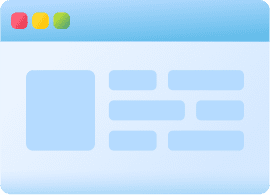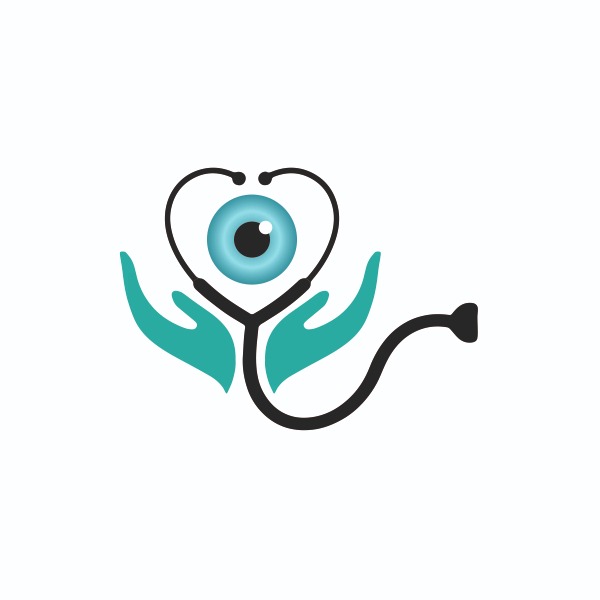+918850846511
Recently updated about

This is your website preview.
Currently it only shows your basic business info. Start adding relevant business details such as description, images and products or services to gain your customers attention by using Boost 360 android app / iOS App / web portal.
Description
Electrocardiogram (ECG) monitoring is an essential tool in diagnosing and managing various heart conditions. Here’s an overview of ECG monitoring: ### What is an ECG? An electrocardiogram (ECG or EKG) is a test that measures the electrical activity of the heart over a period. It records the heart's rhythm and activity on a moving strip of paper or a digital display, which can help diagnose various heart conditions. ### Types of ECG Monitoring 1. *Resting ECG:* - Performed while the patient is lying down. - Provides a snapshot of the heart's activity at rest. - Commonly used during routine physical exams or when symptoms are present. 2. *Ambulatory ECG (Holter Monitor):* - A portable device worn for 24 to 48 hours. - Records continuous heart activity while the patient goes about their daily activities. - Useful for detecting intermittent arrhythmias or correlating symptoms with heart activity. 3. *Event Monitor:* - Similar to a Holter monitor but used for longer periods (up to 30 days). - Activated by the patient when symptoms occur. - Records heart activity before, during, and after the event. 4. *Stress Test (Exercise ECG):* - Conducted while the patient exercises on a treadmill or stationary bike. - Monitors the heart's response to physical exertion. - Helps identify exercise-induced arrhythmias or ischemia. ### How to Prepare for an ECG - *Clothing:* Wear comfortable, easy-to-remove clothing. For a resting ECG, you may need to remove your upper clothing. - *Avoid:* Caffeine, alcohol, and smoking before the test as these can affect heart rate and rhythm. - *Medications:* Inform your healthcare provider about any medications you are taking as some can affect the ECG results. ### Conducting the ECG 1. *Electrode Placement:* - Small adhesive electrodes are placed on the chest, arms, and legs. - These electrodes are connected to the ECG machine by wires. 2. *Recording:* - For a resting ECG, you will lie still while the machine records your heart's activity. - For an ambulatory ECG, you will wear the device as you go about your daily routine. - For a stress test, you will exercise while connected to the ECG machine. 3. *Duration:* - A resting ECG typically takes about 5-10 minutes. - Ambulatory monitoring can last from 24 hours to several weeks. - A stress test lasts until the target heart rate is reached or symptoms develop. ### Interpreting ECG Results - *Heart Rate:* Normal resting heart rate ranges from 60 to 100 beats per minute. - *Rhythm:* Identifies regular or irregular heartbeats. - *Wave Patterns:* P wave, QRS complex, and T wave represent different phases of the heart’s electrical cycle. - *Abnormalities:* Can indicate conditions such as arrhythmias, ischemia, heart attacks, or structural abnormalities. ### Importance of ECG Monitoring - *Diagnosis:* Helps diagnose conditions like arrhythmias, myocardial infarctions, and electrolyte imbalances. - *Monitoring:* Tracks the effectiveness of treatments for heart conditions. - *Prevention:* Identifies potential heart issues before they become serious. ### Regular Monitoring and Follow-up - *Scheduled ECGs:* Depending on the condition, regular ECGs may be necessary to monitor heart health. - *Consultation:* Regular follow-up appointments with a healthcare provider to interpret ECG results and adjust treatment plans. By understanding and effectively using ECG monitoring, healthcare providers can diagnose heart conditions early, manage ongoing issues, and improve overall cardiovascular health.

